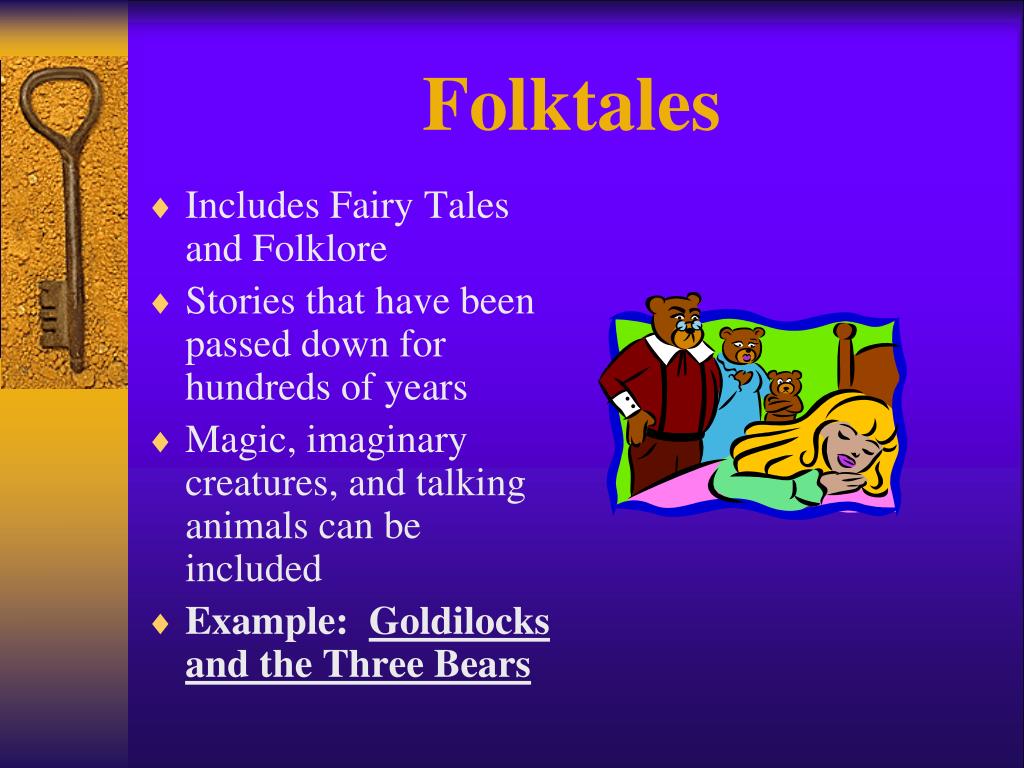
Like all folk tales, the story of the piña has several versions. A strange yellow fruit with a hundred eyes, however, was soon found growing in their backyard. Frustrated, Pinang’s mother wished a hundred eyes to grow on her for being so lazy. She finally relented through her mother’s insistent shouting, but had trouble finding the ladle.

Having never really done anything around the house, Pinang refused at first. One day, her mother got sick and asked her to cook food for them.
#Folktale examples series#
These are found in Tahanan Books’ award-winning and beautifully-illustrated series of classic Philippine tales. Or better yet, we can start learning about our country’s treasure trove of legends, myths, and folktales together with our children.įrances Ong, editor of children’s books publisher Tahanan Books, shares five Philippine folktales that she remembers from her childhood. It is our responsibility as parents to introduce to them the wonderful world of Filipino folk tales and start telling them the tales we have heard in our own childhood. With technology and globalization, our children are admittedly steeped in Western books and culture. And why not? These are much more accessible than Philippine epic stories that are usually found in uninspiring and antiquated anthologies. Mother Goose rhymes are sung and read from the time babies are in the womb, and fairy tales are told and retold in the early years.


It is a shame, therefore, that our children are more familiar with the tales of the Western world. With numerous indigenous tribes spread over several thousands of islands, the country is rich with legends, myths, and Philippine folk tales that speak so much about our history and culture. Kung gusto mong basahin ang nakasulat dito sa Tagalog, mag-click lamang dito.


 0 kommentar(er)
0 kommentar(er)
